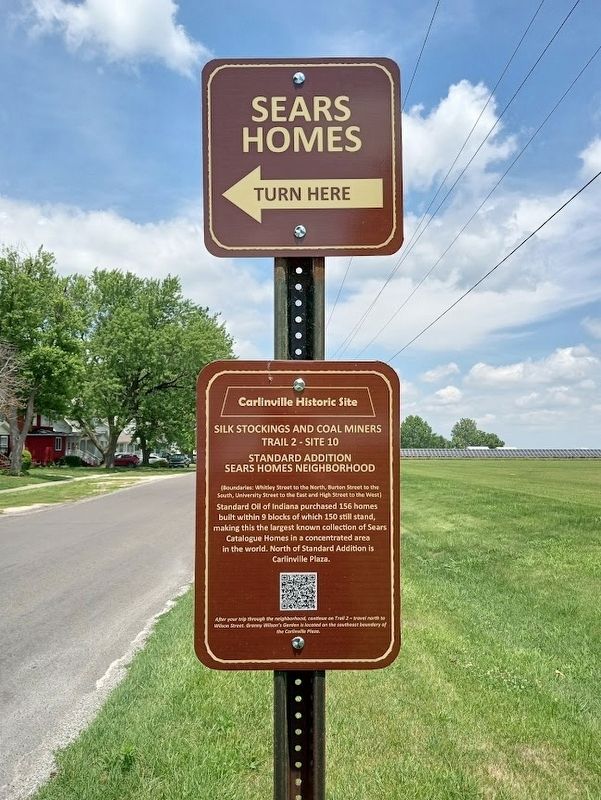
Standard Addition Sears Homes Neighborhood Sign.
Chugging along the state of Illinois, you’ll encounter some real noteworthy historical landmarks and sites that simply grabs your attention. Sometimes you’ll find some big discoveries in such small places – look no further than Carlinville, IL. This small city is located in central Illinois with a population of about 5,600, a modest city with plenty of charm to offer and some interesting architectural century-old buildings around the neighborhood. Most notably of what’s inside the city of Carlinville is the world’s largest continuous collection of “Sears & Roebuck” catalog homes, all homes are within a 9-block radius near the north end of town, Carlinville has a total of 152 Sears homes in the Standard Addition neighborhood (The record for total Sears homes in the country belongs to Elgin, Illinois, which has 210 Sears Homes inside its city limits).
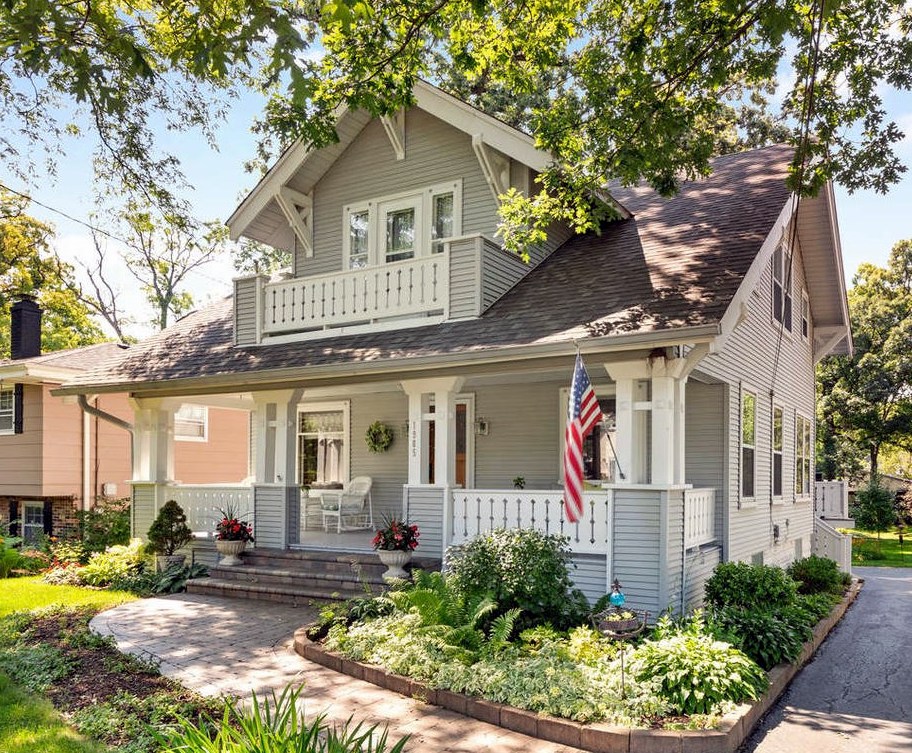
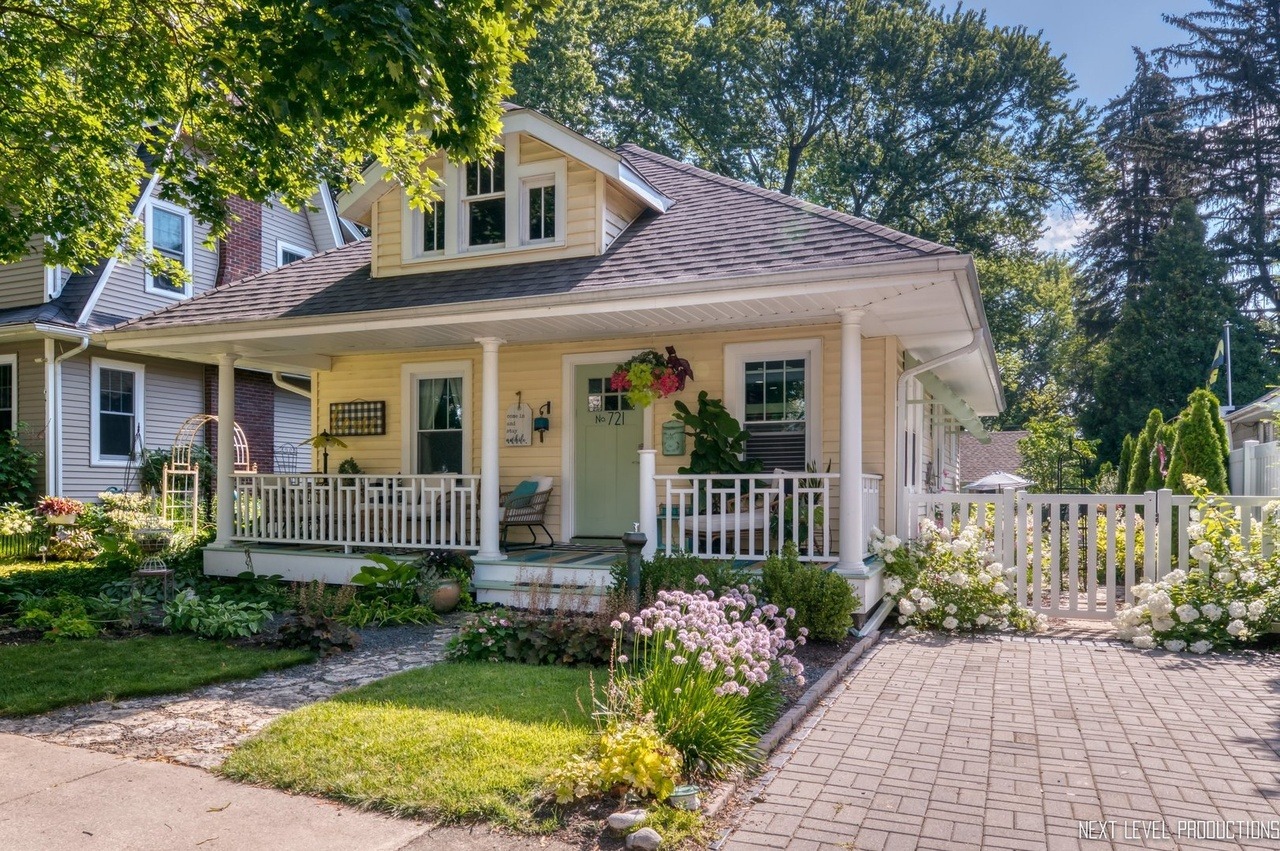
Sears & Roebuck catalog homes in the Standard Addition.
Carlinville is historically significant because it has the highest concentration of contiguous Sears homes in the U.S and it’s origins can be traced back because of coal and oil. In 1917, Standard Oil Company required coal as part of the process for converting crude oil into gasoline, so naturally, the company acquired a massive amount of farmland that also included the Carlinville Mine. In order to attract a reliable workforce, including coal miners, Standard Oil created plans to build houses for potential workers.
As part of a $1 million order, Standard Oil purchased more than 192 kit homes from Sears for workers in Carlinville, 156 of those home kits went to Carlinville by train. The Sears Homes ranged in cost from as low as $1,100 and up to $4,600, the kits also included as many as 12,000 pieces. Each kit included paint, varnish, roofing, windows, doors, tons of nails, and an instruction book.
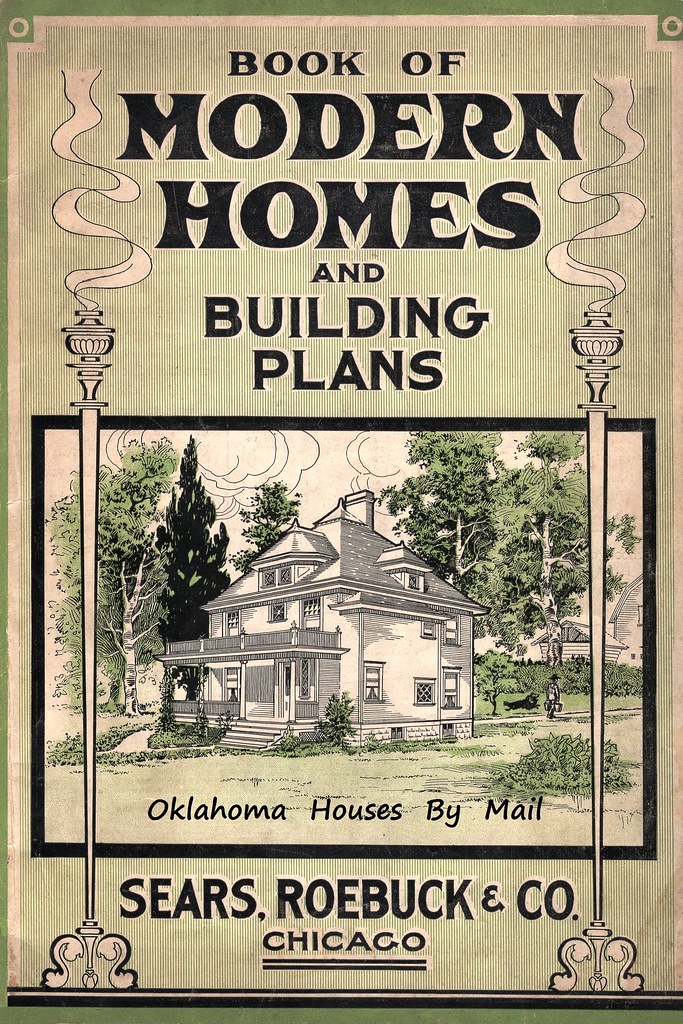 |
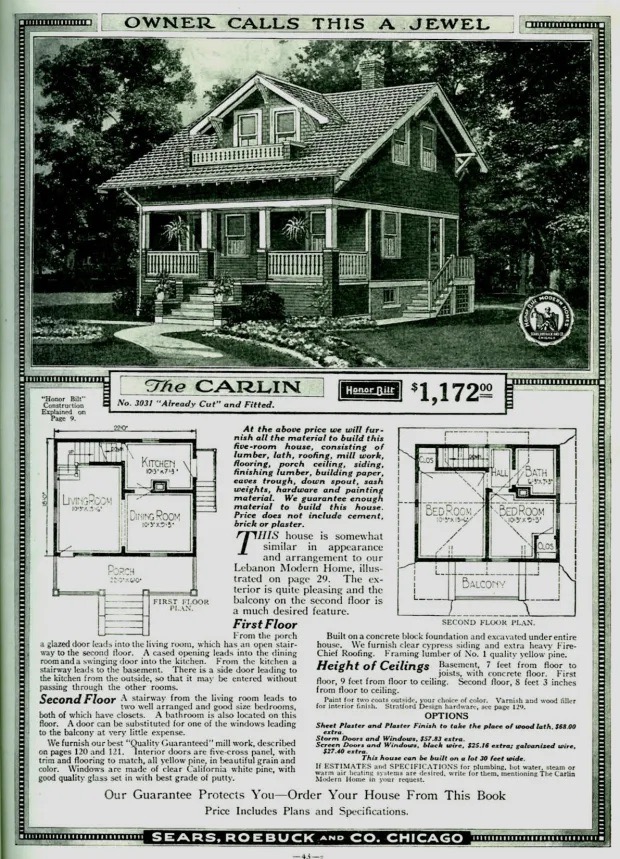 |
During 1908 and 1940, nearly 75,000 homeowners picked a house from the Sears, Roebuck & Company’s Book of Modern Homes catalog and built their households. The houses ranged from all sizes – small cottages without a bathroom to multi-story homes with porches. Everything you or a contractor required to construct the home, except for stone and bricks, was included in the purchase. The mail-order homes fulfilled the increasing need for affordable housing for middle-class families, as they began to leave the cities for the suburbs. The Sears catalog homes were called “modern” at the time because they included the latest in-home conveniences like heating, plumbing, and electricity. In 1908, the first catalog book titled “Book of Modern Homes and Building Plans” appeared and presented plans for different houses ranging in price starting as low as $650 and up to $2,500.

Carlinville – named after Thomas Carlin, the seventh governor of Illinois, who was a member of the state legislature and was instrumental in creating Macoupin County. Carlinville has a long history in Illinois, the city played host to many presidential candidates via campaign stops by train, a time in American history when railway routes were fashioned for politicians to make as many visits as possible. One of the most important hallmarks of Carlinville history is its courthouse, the largest constructed outside of New York City at the time. Truly a unique bit of history for a unique city in central Illinois.







